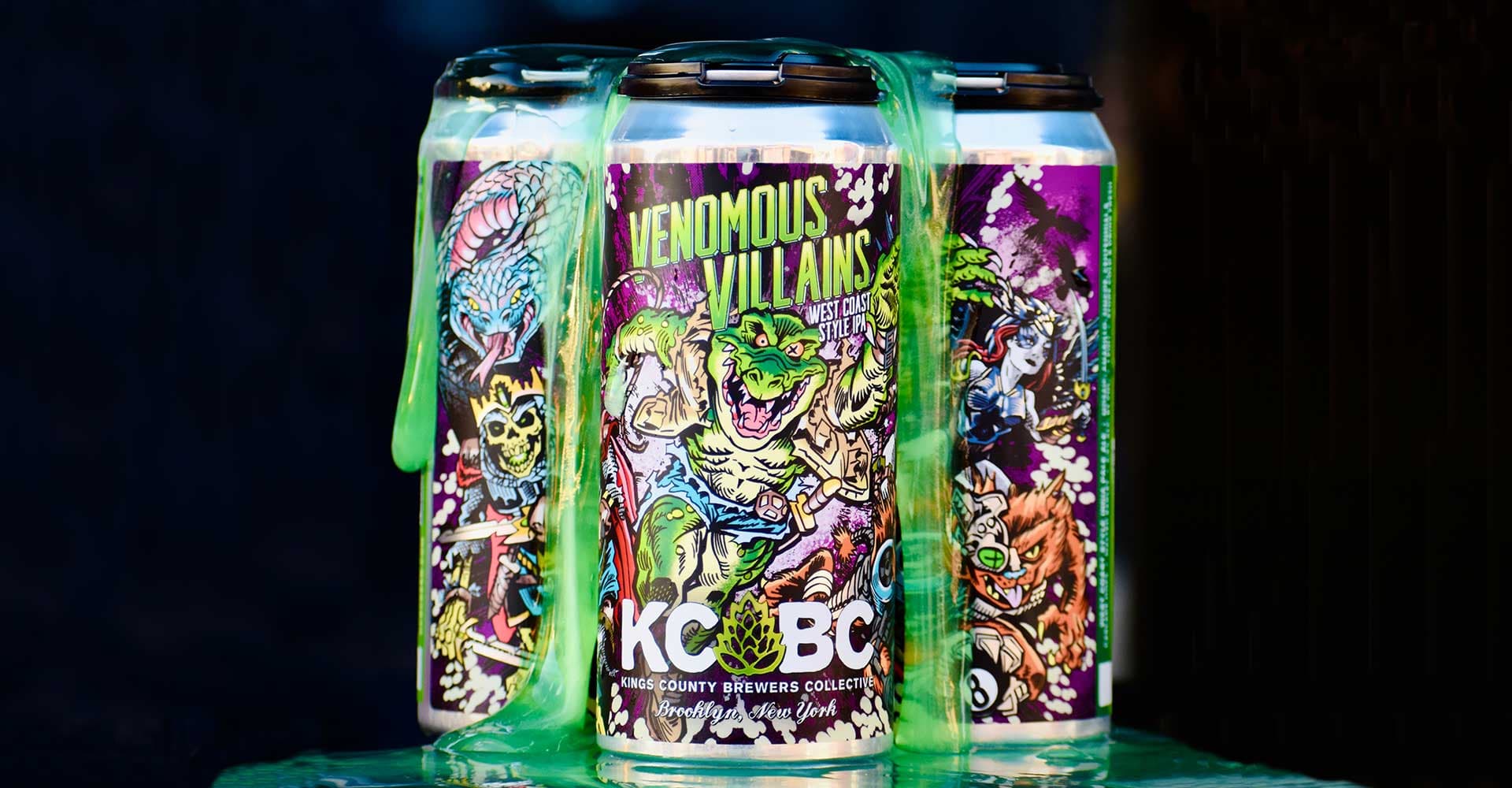
Packaging in 2023: The Packaging & Design Trends to Know Right Now
SUBSCRIBERFrom nostalgia and augmented reality to big cans and clear communication of flavor, here’s how today’s breweries are standing out on increasingly crowded retail shelves.
Showing 221-240 of 825 articles

From nostalgia and augmented reality to big cans and clear communication of flavor, here’s how today’s breweries are standing out on increasingly crowded retail shelves.

Twisted or otherwise, hard tea can be made creatively at a small scale while appealing to a surprising range of customers. Here’s how a few small breweries are finding ways to make this drink work for their operations.
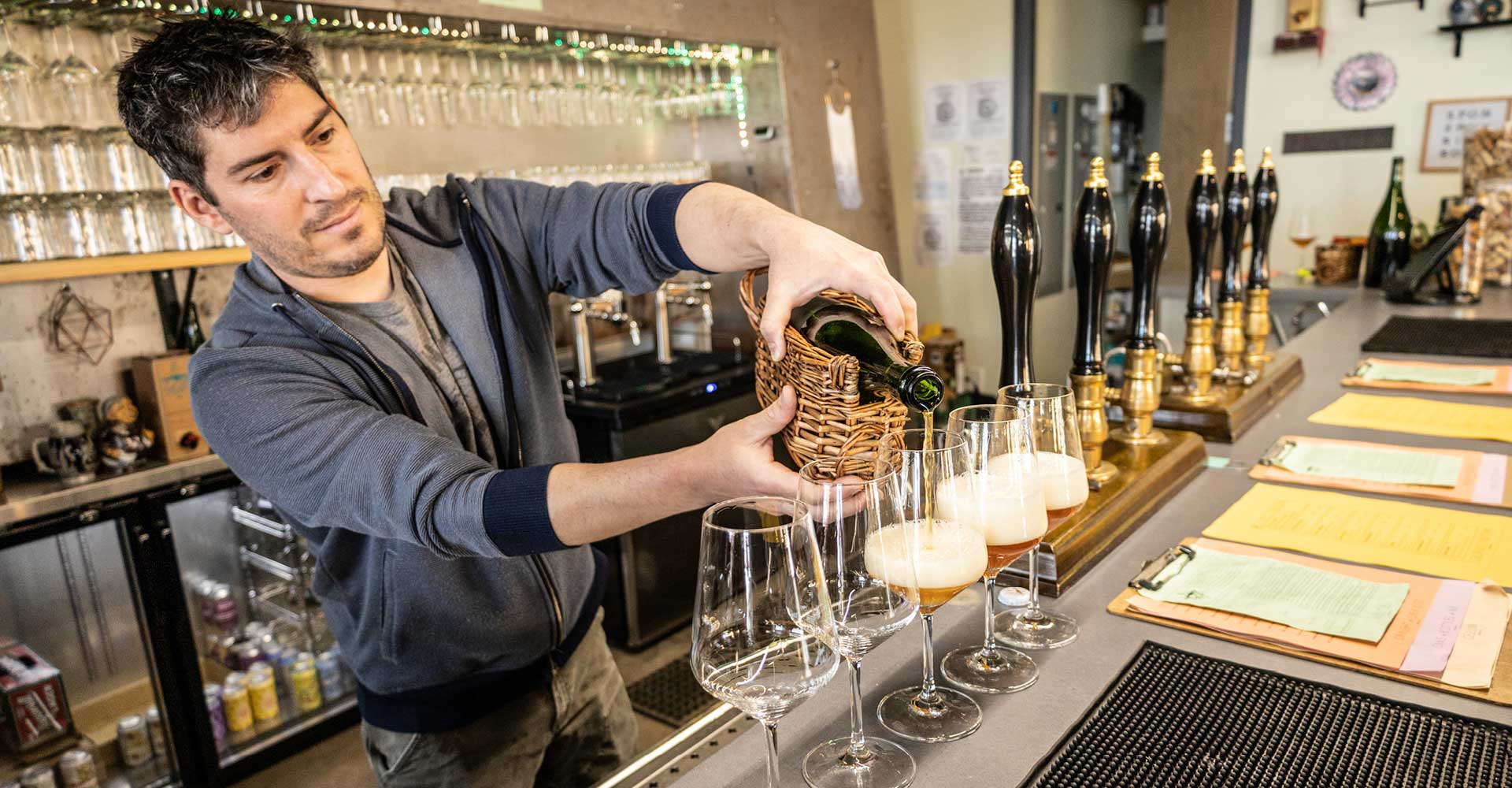
With a tight focus on oak-aged beers inspired by Belgian lambic and gueuze, Lisa and Brandon Boldt are making their niche more convivial and approachable.
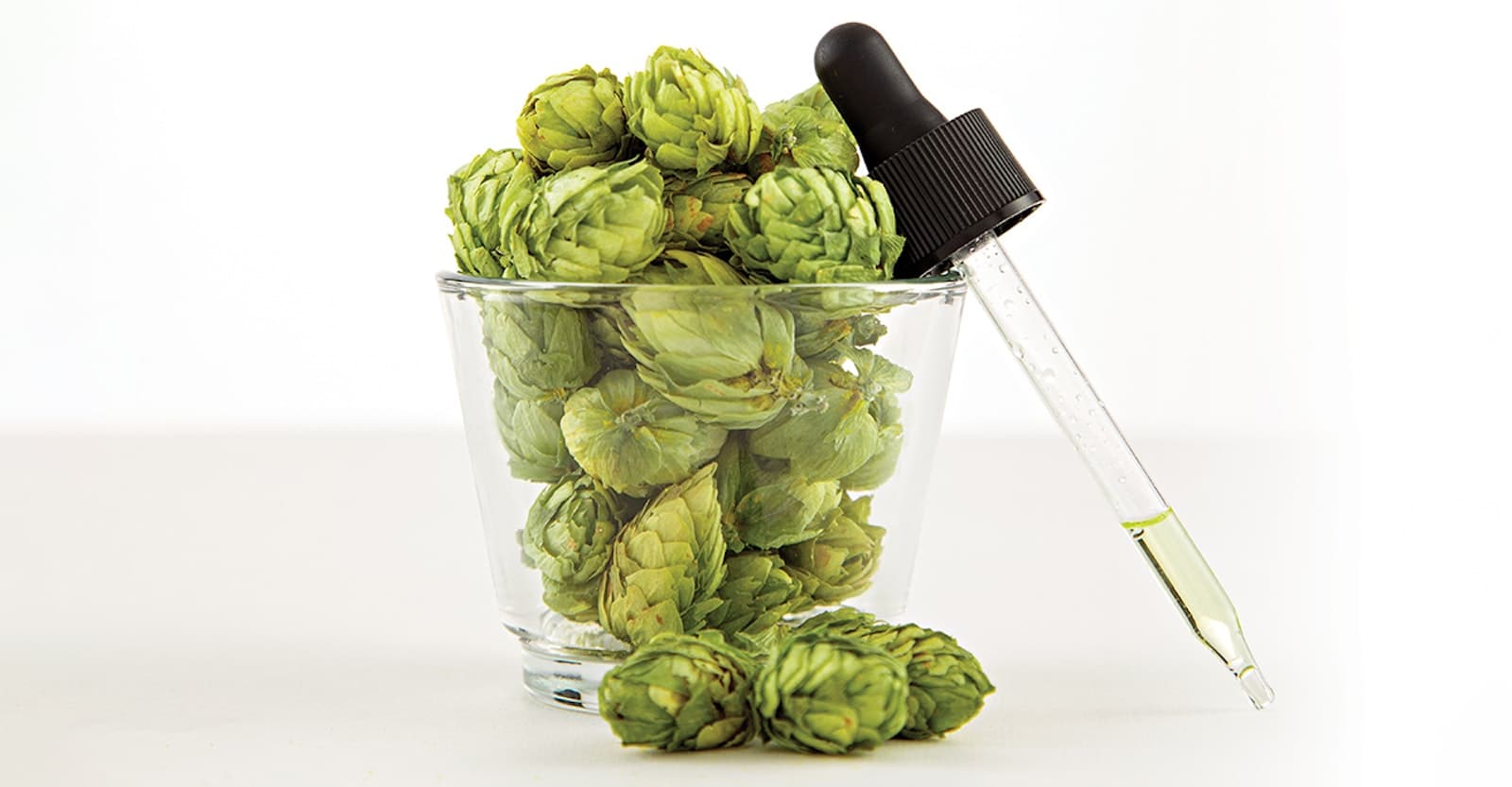
As small-scale brewers warm up to products once viewed as industrial shortcuts, the options continue to widen, and knowledge about how best to use them only deepens.

Do you have adequate insurance coverage for your brewing business, and are you preparing for the right kinds of risks? Insurance recovery attorney Kayla Robinson explains what breweries can do to better prepare for the next unwelcome turn of events.

New research and can-lining tech are expanding the options for beverages such as hard kombucha, canned cocktails, and more. Meanwhile, experts strongly urge brewers to test their cans thoroughly before releasing new drinks to market.
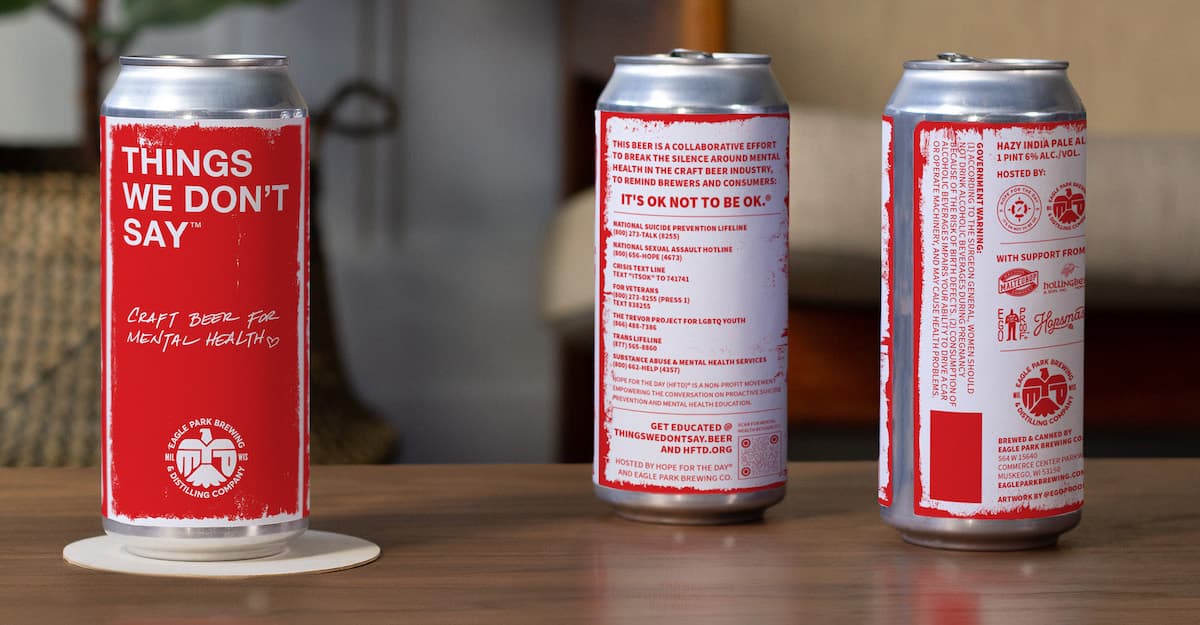
Recent attention to the issue of burnout should lead to more open conversations about mental health in the industry. Here are some resources to consider when you, an employee, or a coworker is in need.

Inspired by traditional farmhouse brewing, and further propelled by positive results—including increased sales—some brewers say they’re getting better beers without boiling.

Results of a burnout survey indicate beer industry pros are asking fundamental questions about their career paths, often feeling undervalued—and some are leaving it all behind.

Today, with distributors cutting back and tough competition at retail, it’s time to re-emphasize the festival as a way to attract new customers. Here are some experience-based tips on running a successful and profitable event.
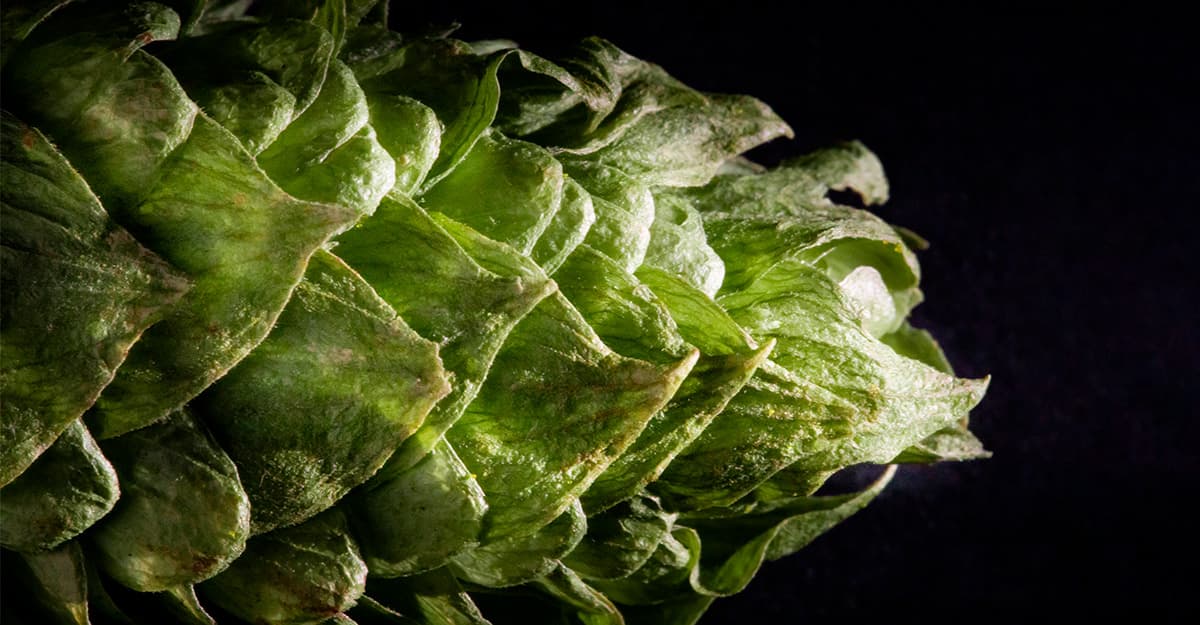
In a market with no room for error, neither is there room for avoidable off-flavors—including diacetyl and other issues caused by hop creep. Research continues into its causes and how best to avoid or eliminate it before beer leaves the brewery.

From a new association for Black American brewers to the top beer in Africa, here are some news and announcements from around the industry.
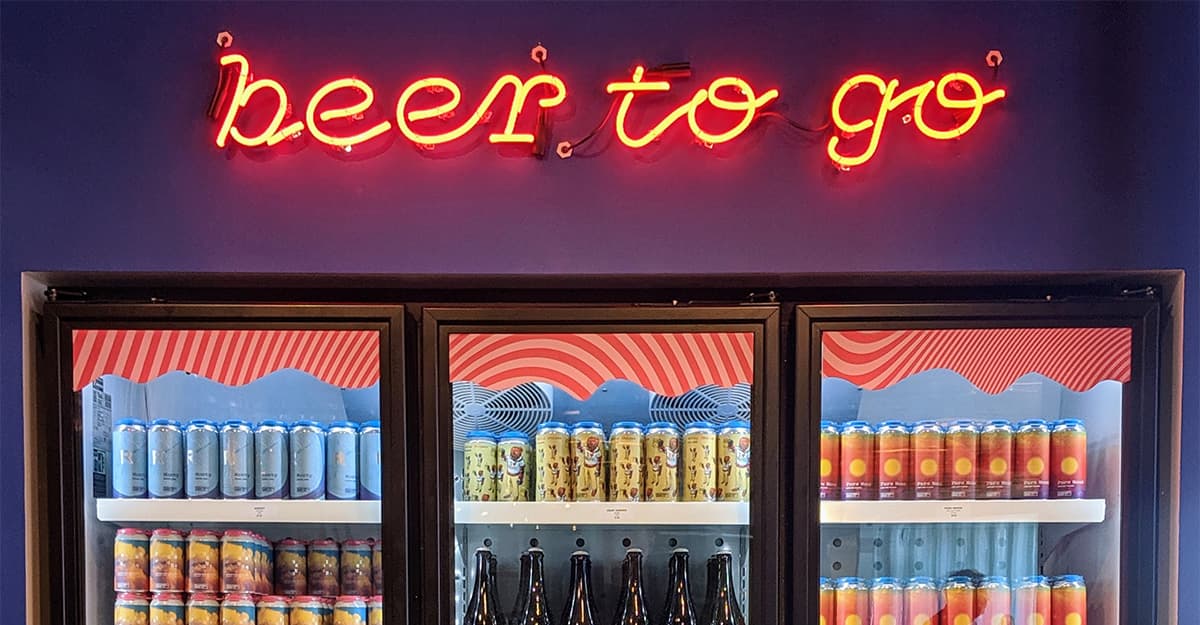
With tighter competition, fewer wholesalers, and lower wholesaler interest, small breweries are looking for incremental ways to grow sales. That’s led to new models and some new opportunities—but there are no easy paths.

As brewers, we love our low DO levels and our cans of light, crisp lager in the summertime. Unfortunately, so do a couple of the stealthiest spoilage organisms known to the beer industry.
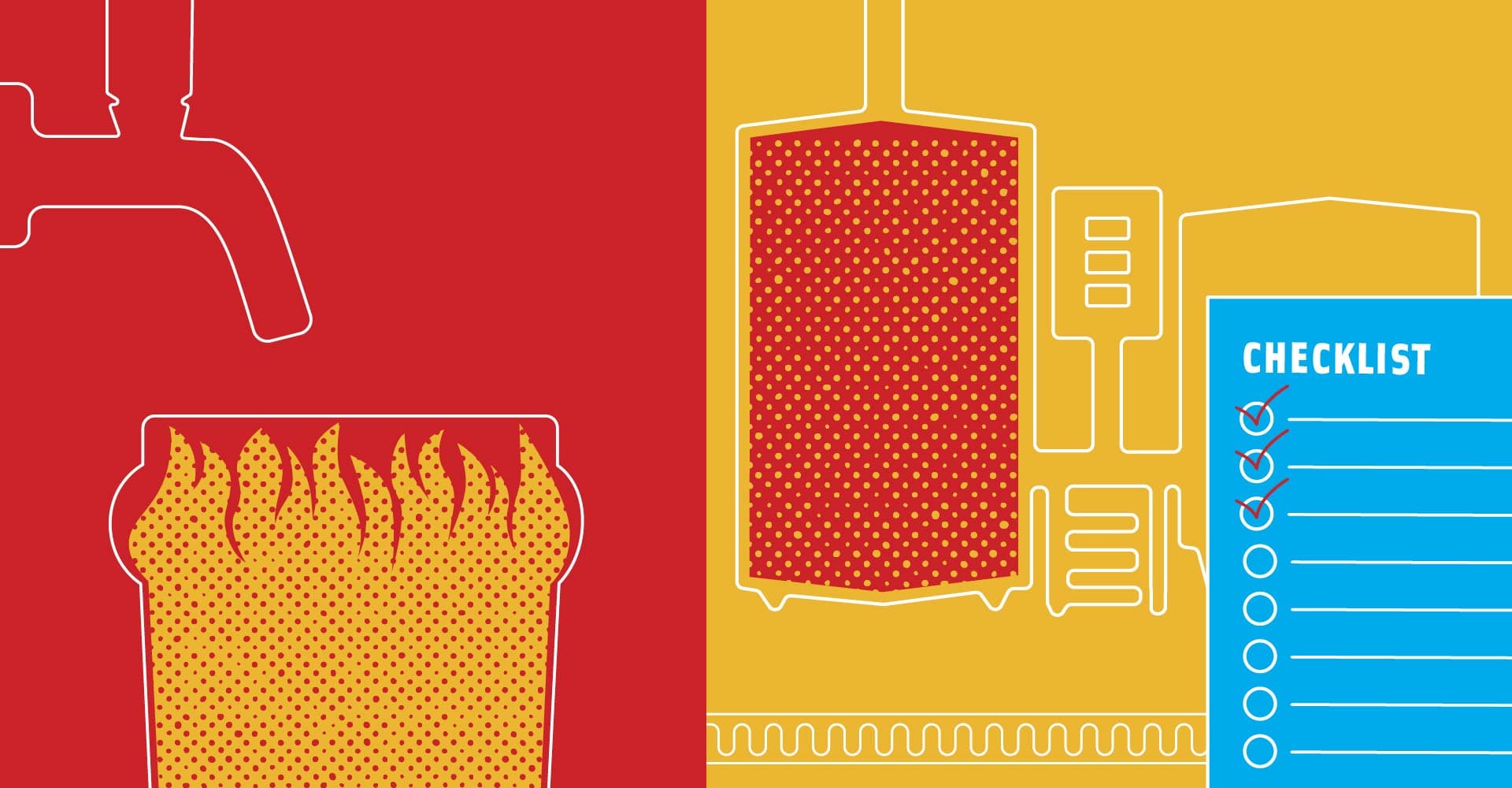
As damaging weather events become more common, breweries should consider whether investing in backup equipment now could help save money in the long term.

A recent survey found a high degree of occupational exhaustion among people who work various jobs in the brewing industry. Here we present the responses graphically as a violin plot.
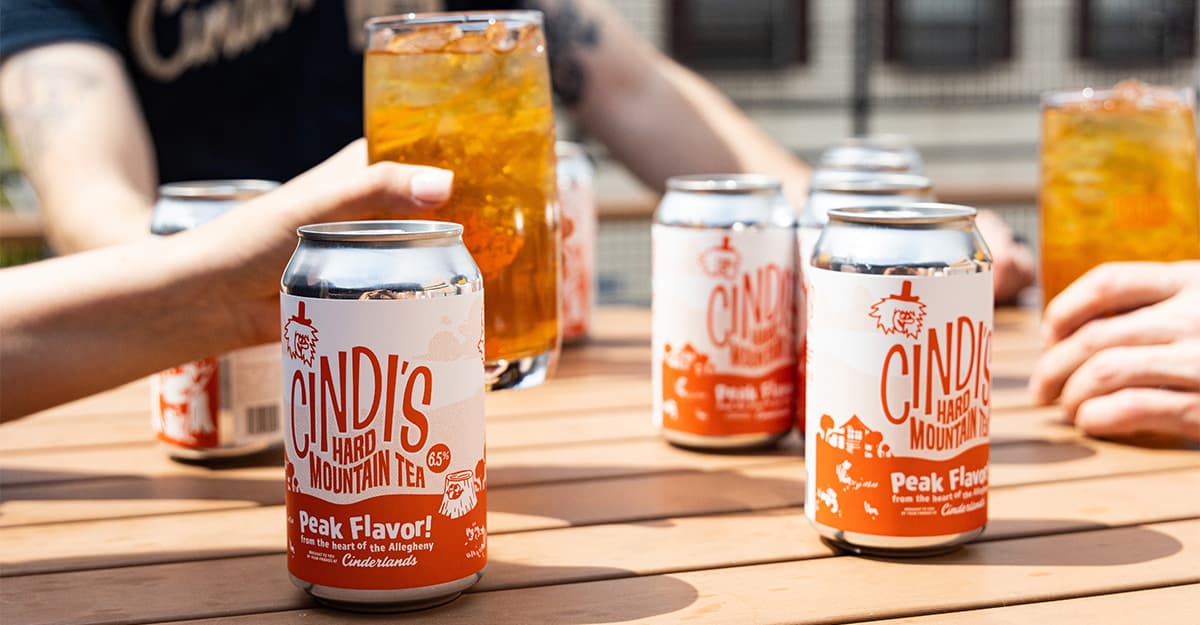
For some breweries looking beyond beer, copackers have become vital partners for launching new products. Here’s what to know when weighing your options.
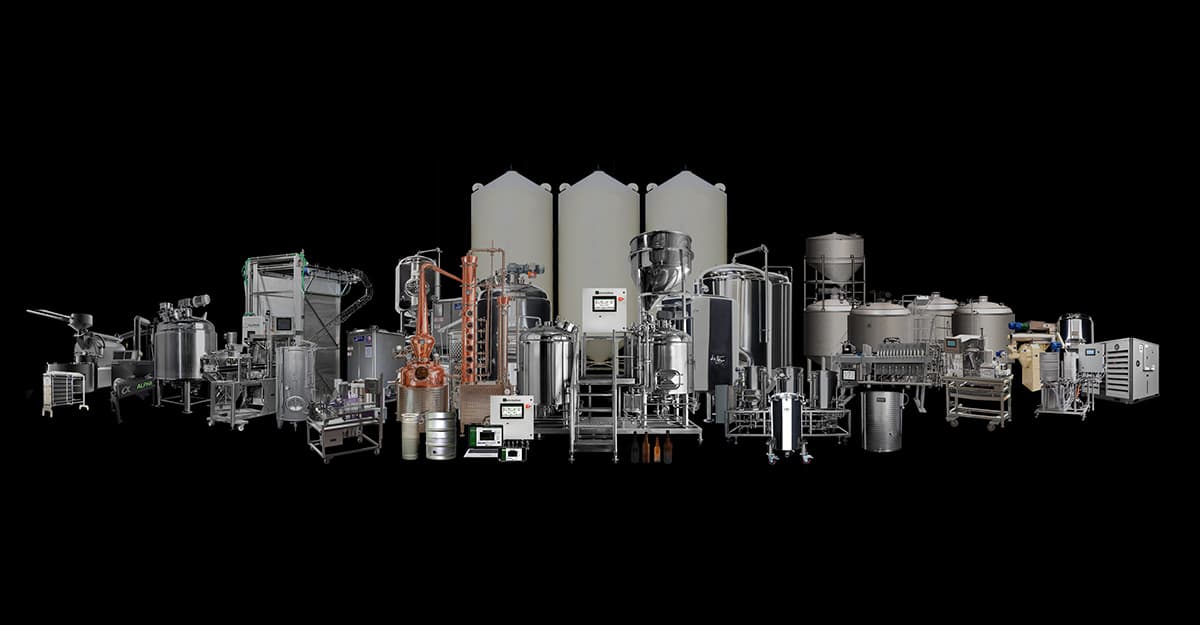
From Bay Area acquisitions to big new taprooms in the Midwest, here are some news and announcements from around the industry.

This week the Brewers Association updated its annual list of the top 50 craft brewers in the United States by volume of beer produced, so we’ve updated our infographic that tracks the shifts in rankings and new arrivals each year.
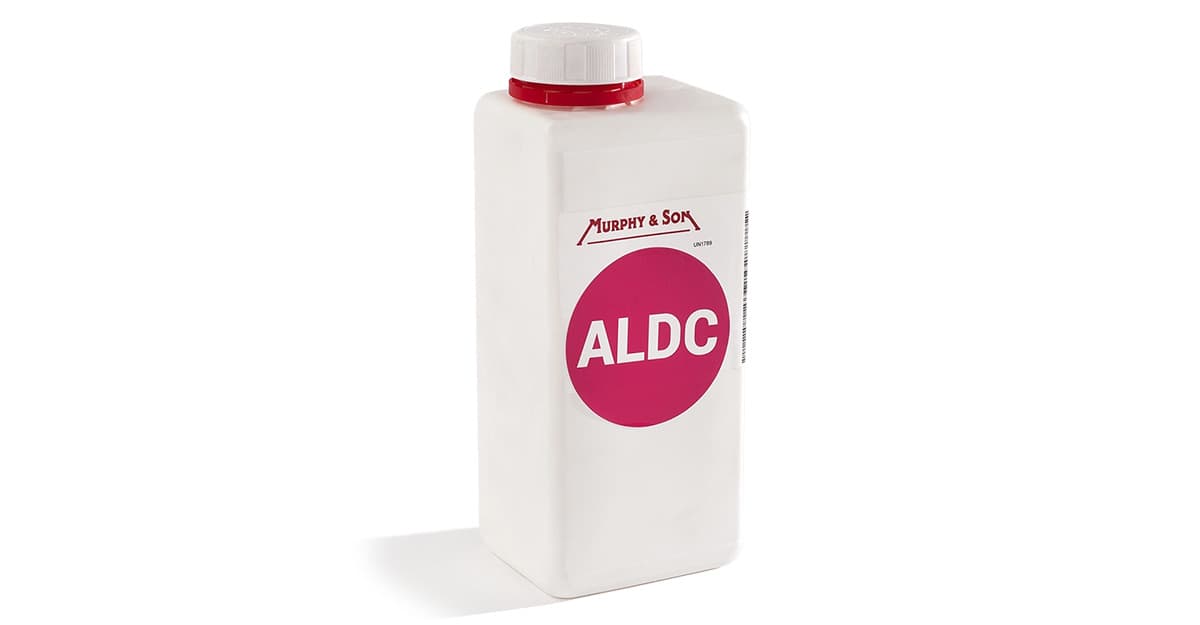
Better brewing through chemistry? From avoiding stuck mashes to boosting hop aroma while dodging diacetyl (and decreasing tank time), there may be multiple uses for exogenous enzymes in your brewery.